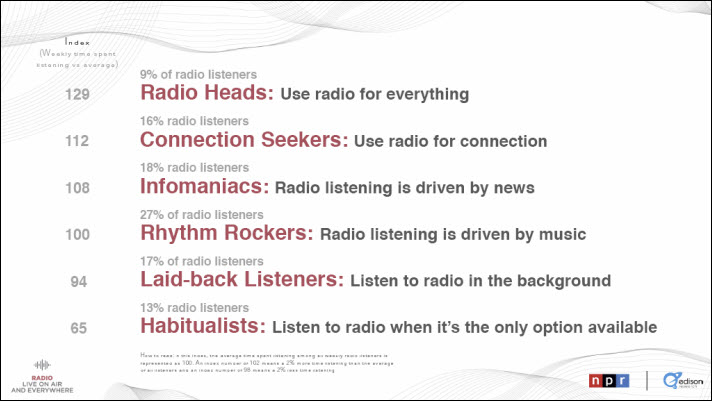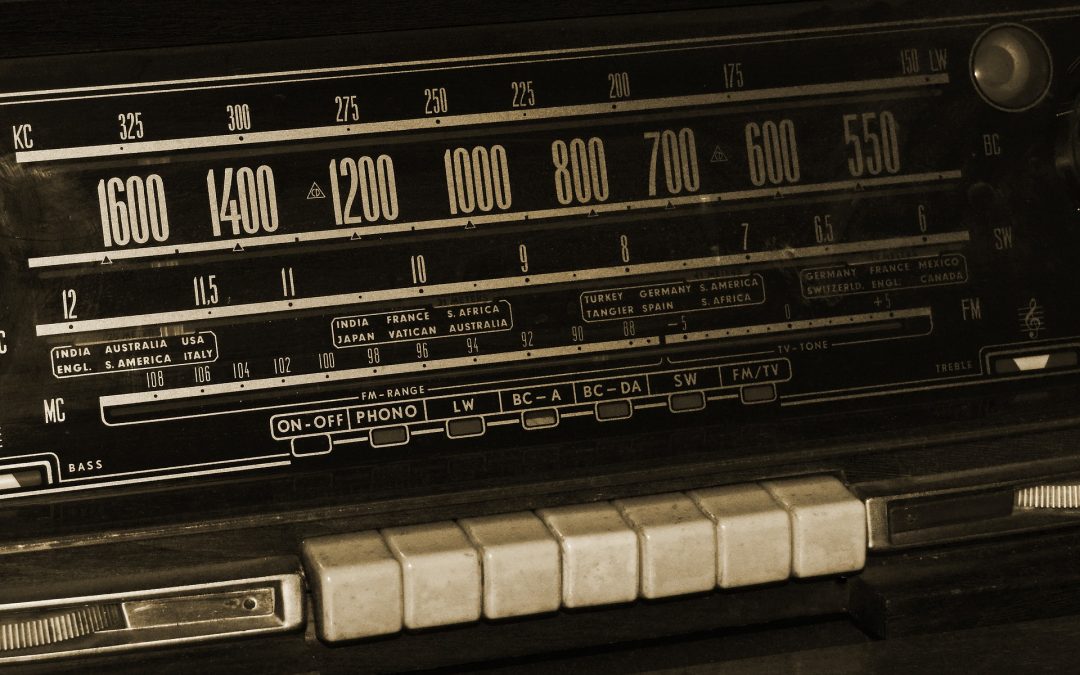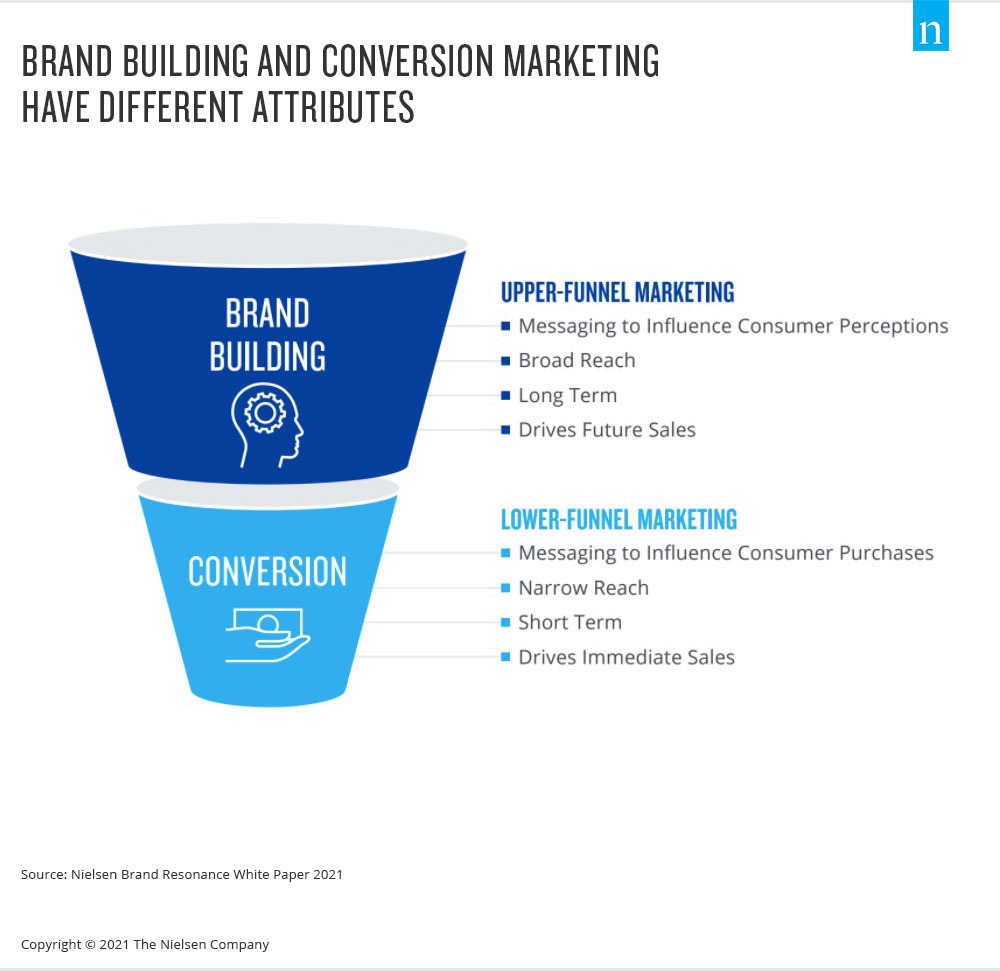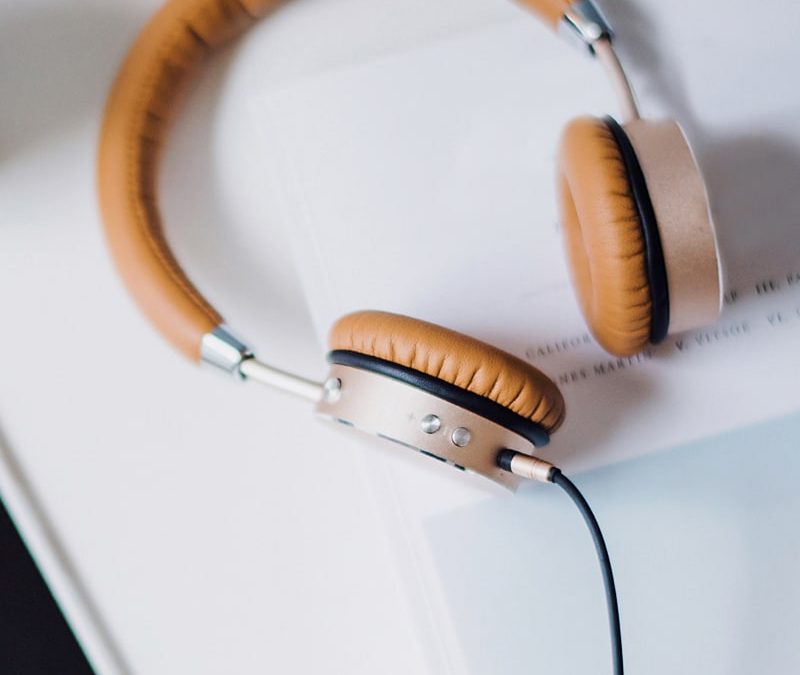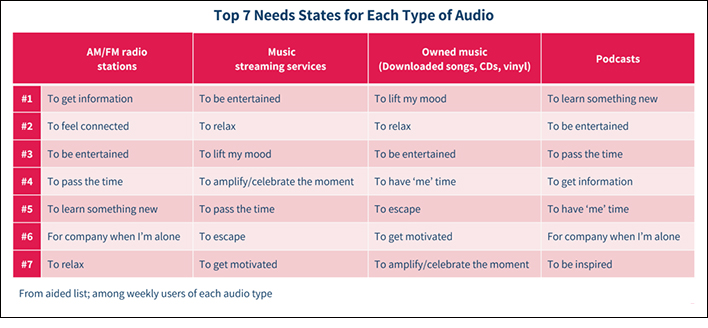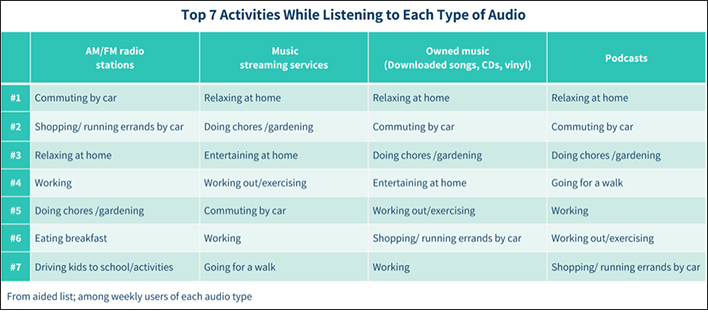
Should Your Business Advertise on the Radio?
The question for today is:
Should your business advertise on the radio?
The answer is:
A qualified Yes.
Now that may not be the answer you were expecting from the General Sales Manager of the Most Listened to Radio Station in town, WOWO.
You thought I’d say:
Definitely Yes, every business needs to advertise on the radio.
I know that there are people in my position that would say that because they believe any dollar is a good dollar.
I take a different approach here at WOWO. I mentioned this a couple of weeks ago when I said that the focus of me and my sales team is to get results for the businesses that advertise with WOWO.
We want to partner with you if it makes financial sense for your business.
We want to come up with an agreeable and reasonable Return On Investment formula before we agree to take your money and but you on the radio.
I admit, that’s not always possible. One of my favorite radio advertising partners hates the idea of tracking and measuring the return on investment. They simply want to believe it’s working and because of the style of advertising campaign I designed for them, our listeners are vocal enough to let their sales team and their service techs that they listen to WOWO. That confirmation gets back to the owners and that’s why they believe in WOWO for their advertising.
Borrell Associates shared another survey last month that talked about business owners plans for using radio in the future and part of their report mentioned the value of having conversations with local advertising people:
How do they buy those ads? Three-quarters say via emailing with a sales rep compared to 55% who say they meet with salespeople in person or talk to them by phone. Nevertheless, Borrell says three in four said they like having the option of having a face-to-face meeting with sales reps.
That is more than just being sociable. The survey data suggests that local businesses have a lot more respect for local reps than those selling national advertising. Three quarters of those surveyed said they find local reps more knowledgeable and 70% said local reps are a good source of marketing intelligence.
“Local advertisers see local media reps as knowledgeable resources who care about their business,” says the report. “They may not always help advertisers save money but they bring value in other ways.”
Comparing specifically radio advertising sales people with others, here’s what business owners said:
And as earlier reported by Inside Radio, the perception of radio sellers as expert marketers is higher than it is for any other type of sales rep, and the perception of digital savvy of radio reps is now also the highest. When buyers were asked, which sales reps are considered savvy about marketing, radio topped all other forms of traditional media.
Advertising sales reps who worked for broadcast TV, cable TV, newspapers, and direct mail all ranked significantly lower. Radio people are also at the top of the survey to be considered digitally savvy.
When I took over as the General Sales Manager at WOWO Radio last year, I had a couple of radio experts on my team and a couple of guys who had experience in advertising or sales but not broadcasting yet. Now, 20 months later, everyone is becoming an expert with coaching, mentoring and a true heart for doing what is best for the businesses we work with.
Want to know more, contact me: Scott@WOWO.com


